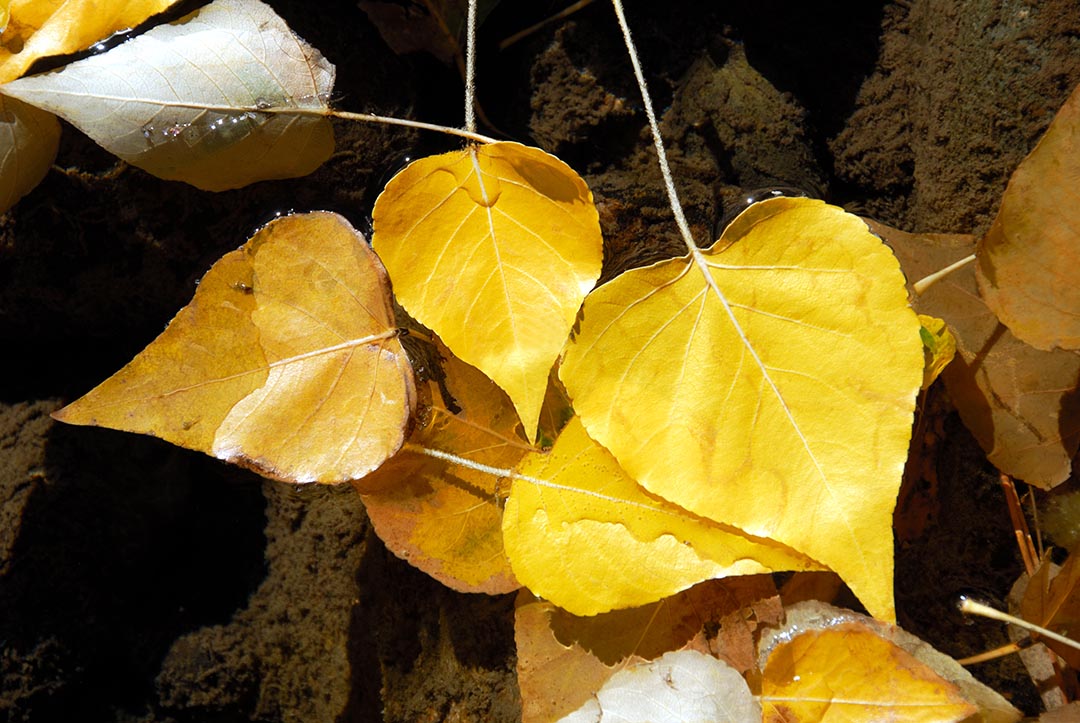Carbon Tradeoffs of Restoration and Provision of Endangered Species Habitat in a Fire-Maintained Forest
Forests are a significant part of the global carbon cycle and are increasingly viewed as tools for mitigating climate change. Natural disturbances, such as fire, can reduce carbon storage. However, many forests and dependent species evolved with frequent fire as an integral ecosystem process. We used a landscape forest simulation […]

